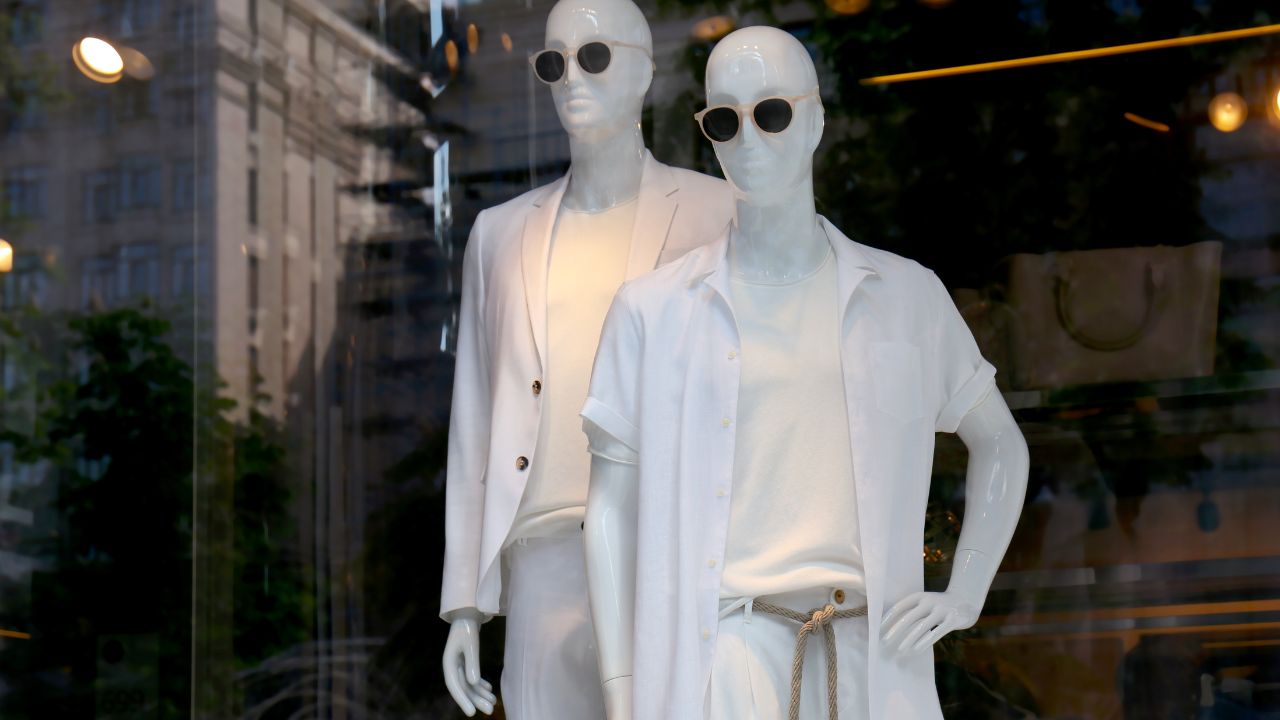Walking into a well-organized retail store feels different, doesn’t it? The products are easy to find, the displays are appealing, and the whole atmosphere makes you want to browse. That feeling is the result of excellent retail store merchandising. It’s a powerful tool that can transform a simple shopping trip into a memorable customer experience, ultimately helping to drive sales and build brand loyalty.
However, many businesses in brick-and-mortar retail make simple errors that undermine their efforts. Poor merchandising can lead to cluttered stores, confused customers, and missed opportunities to maximize sales. Getting your retail merchandising right is part art and part science. It involves everything from your store layout to the final point of purchase. To help you improve your approach, we’re highlighting five common retail store merchandising mistakes you should definitely avoid.
1. Ignoring the Power of Window Displays
Your window displays are the very first impression you make on a potential customer. Think of them as the cover of your book. An uninspired or cluttered window can signal that what’s inside is equally uninteresting, causing people to walk right by. Many retailers either neglect their windows completely or fail to update them regularly, which is a huge missed opportunity to attract foot traffic.
Effective merchandising strategies always begin at the entrance. Your windows should tell a story, highlight a specific product, or evoke an emotion tied to the season or a current promotion. Visual merchandisers know that a compelling window display does more than just show off products; it creates curiosity and invites people inside. A static, dusty display from three months ago does the exact opposite. It suggests your store is stagnant and not keeping up with trends, which can negatively impact retail sales before a customer even steps through the door.
To fix this, treat your window displays as a key part of your marketing.
- Plan a Calendar: Schedule regular updates for your window displays, aligning them with seasons, holidays, new arrivals, or store-wide promotions.
- Tell a Story: Instead of just placing mannequins or products, create a scene. Use props, lighting, and a clear focal point to build a narrative.
- Keep it Fresh: Even a small change can make a difference. Don’t be afraid to experiment with different visual displays to see what captures the most attention.
2. Creating a Confusing Store Layout
Once a customer is inside, their journey through your retail store should be intuitive and enjoyable. A confusing store layout is one of the most damaging retail merchandising mistakes. If shoppers can’t easily find what they are looking for, they will get frustrated and likely leave without making a purchase. This directly hurts your ability to increase sales and creates a poor shopping experience.
A common error is cramming too much product into a small space, creating narrow aisles and a sense of chaos. Another is having no logical flow, forcing customers to wander without a clear path. Your store layout should guide shoppers, exposing them to a variety of products along the way. Whether you run a boutique or a large grocery store, the principles of a good layout are the same: clarity, flow, and strategic product placement.
Effective store merchandising considers how customers naturally move through a space. Most people turn right upon entering a store. Use this knowledge to your advantage by placing high-demand items or compelling product displays in that path. Your layout should not only be functional, but also part of your overall strategy to drive sales.
3. Neglecting Product Displays and Signage
Your product displays are your silent salespeople. When done correctly, they can capture attention, provide information, and encourage impulse purchases. A major mistake is creating displays that are cluttered, poorly lit, or lack a clear focus. Just placing items on a shelf is not enough; effective store merchandising requires thoughtful presentation.
Visual displays should be clean, organized, and aesthetically pleasing. Each display should have a focal point, whether it’s a best-selling item, a new arrival, or a specific product you want to promote. Grouping items by color, theme, or function can create a more cohesive and attractive look. For example, a display featuring a complete outfit with accessories is more compelling than a simple rack of shirts.
Signage is equally important. Customers need clear pricing and information. Missing or confusing signs can halt a purchase in its tracks. Use signage to not only state the price but also to highlight benefits, promotions, or unique features of a product. Well-placed signs at the point of purchase can be particularly effective for encouraging last-minute additions to a cart. This simple element is a cornerstone of any plan to maximize sales.
4. Underestimating the Importance of Lighting and Ambiance
Retail store merchandising isn’t just about what you sell; it’s about how you make customers feel. The ambiance of your store, heavily influenced by lighting, music, and even scent, plays a huge role in the overall customer experience. A store that is too dark, too bright, or has unflattering fluorescent lighting can make products look unappealing and create an uncomfortable environment.
Lighting can be used strategically to highlight specific product displays and guide customers through the store. Warm, focused lighting can create a sense of luxury, while bright, even lighting works well in a grocery store or pharmacy setting. The goal is to create an atmosphere that aligns with your brand and makes your products look their best.
Don’t forget other sensory details. The music you play should match your target audience’s tastes and the desired energy level of your store. A subtle, pleasant scent can also make the shopping experience more memorable. Ignoring these elements means you’re missing a chance to connect with customers on an emotional level and differentiate your brick-and-mortar retail business from the competition.
5. Failing to Analyze and Adapt Your Strategies
Perhaps the biggest mistake of all is adopting a “set it and forget it” approach to retail merchandising. The retail landscape is always changing, and so are customer preferences. What worked last season may not work today. Successful retailers are constantly analyzing their efforts and adapting their merchandising strategies based on data.
Are certain product displays generating more interest than others? Are customers consistently drawn to one area of your store while avoiding another? You need to track your retail sales and pay attention to customer behavior. Use this information to make informed decisions. Maybe a point of purchase display for impulse purchases isn’t performing well because of its location. Perhaps a specific product needs a better spotlight.
Regularly walk through your store from a customer’s perspective. What do you see? Is it easy to navigate? Are the visual displays engaging? This simple exercise can reveal weaknesses in your current retail merchandising plan. Being willing to experiment, measure results, and make changes is key to long-term success and your ability to consistently increase sales.
Common Question About Retail Merchandising
Q: What is the Most Important Element of Retail Store Merchandising?
A: While all elements are connected, the most important is creating a cohesive and positive customer experience. This is achieved through a combination of a logical store layout, compelling visual displays, and an inviting store atmosphere. The goal is to make the shopping journey easy, enjoyable, and memorable from the moment a customer sees your window display to the final point of purchase.
Conclusion: Turn Mistakes into Opportunities
Effective retail store merchandising is a critical component for success in today’s competitive market. By avoiding these five common mistakes, you can significantly improve the shopping experience in your store. Pay attention to your window displays, create an intuitive store layout, build appealing product displays, set the right ambiance, and continuously analyze your strategies.
Each of these areas offers an opportunity to better connect with your customers, highlight your products, and ultimately, drive sales. By focusing on creating a thoughtful and engaging environment, you can turn casual browsers into loyal customers.
Ready to elevate your marketing and create a truly immersive brand experience? Visit Marketing Immersion to discover strategies that can help your business thrive.






